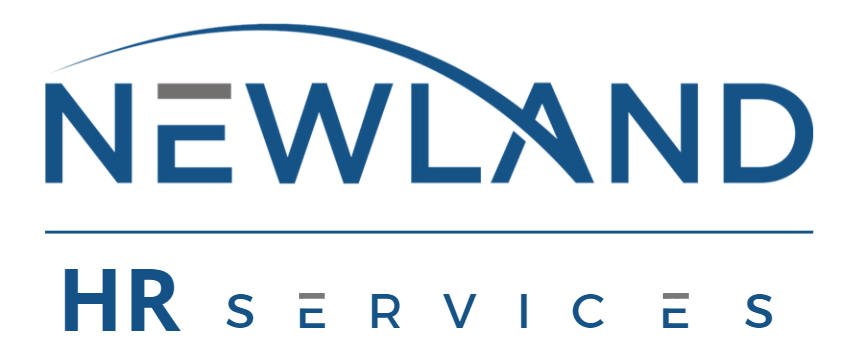Considering today’s fast-paced business landscape, organizations face increasing pressure to adapt and innovate, and as the workforce becomes more diverse and remote work becomes the norm, companies must prioritize agility and adaptability to stay competitive. One critical aspect of achieving this lies in integrating the company’s hiring practices, breaking down the traditional silos that exist between different departments and stakeholders involved in the recruitment process.
Imagine a bustling office environment where the recruiting team is hard at work, searching for the best talent to fill open positions. Down the hall, HR professionals manage employee benefits and administer performance reviews. In another room, hiring managers interview candidates while the training department develops onboarding programs for new hires. At the top of the organization, executive leadership sets the strategic direction for the company.
Yet, despite working toward the same goal—building a strong and successful organization—these teams often operate in isolation, with limited communication and collaboration.
Shared goals are essential for overcoming these barriers and driving an integrated approach to hiring and aligning the entire organization around a clear vision of success, businesses will be able to make more informed decisions and better leverage the unique insights and expertise of each department. However, this will only ultimately begin with the executive leadership defining the company’s strategic objectives and communicating these priorities to all teams involved in the hiring process.
Integration, Integration, Integration
Human Capital Management (HCM) software plays a crucial role in fostering this integration, starting by enabling real-time reporting and dashboards and providing a comprehensive view of the company’s talent landscape. With access to this data, stakeholders can identify problem areas, such as high employee turnover or slow onboarding processes, and develop targeted strategies to address these challenges. The result is a more agile and adaptable HR function that can better respond to changing business needs.
But how?
- Companies facing a high turnover rate among their workers would be able to pinpoint the root cause of the issue if hiring practices were integrated. Armed with insights, firms can revamp their recruitment process to prioritize candidates with the right expertise and cultural fit, which leads to a significant decrease in turnover and an increase in overall employee satisfaction.
- Organizations can also, in a timely manner, discover if their training program is found to be ineffective. By working closely with the training department, HR professionals, and hiring managers, the company would be able to identify inefficiencies in the onboarding process and implement improvements that reduce the time to full productivity for new employees.
These examples illustrate the power of integrating hiring practices to boost HR agility and adaptability, creating a more nimble and responsive talent acquisition process by breaking down traditional silos and fostering collaboration among recruiting, human resources, hiring managers, training departments, and executive leadership; in turn, helping organizations better navigate the challenges of today’s dynamic business environment and, ultimately, drive growth and success.
About Newland HR – For over 30 years, our team of experienced professionals have helped hundreds of companies adapt to changing business environments. We understand the challenges facing employers and their employees during these challenging times. Let us show you how we can help, contact us.








